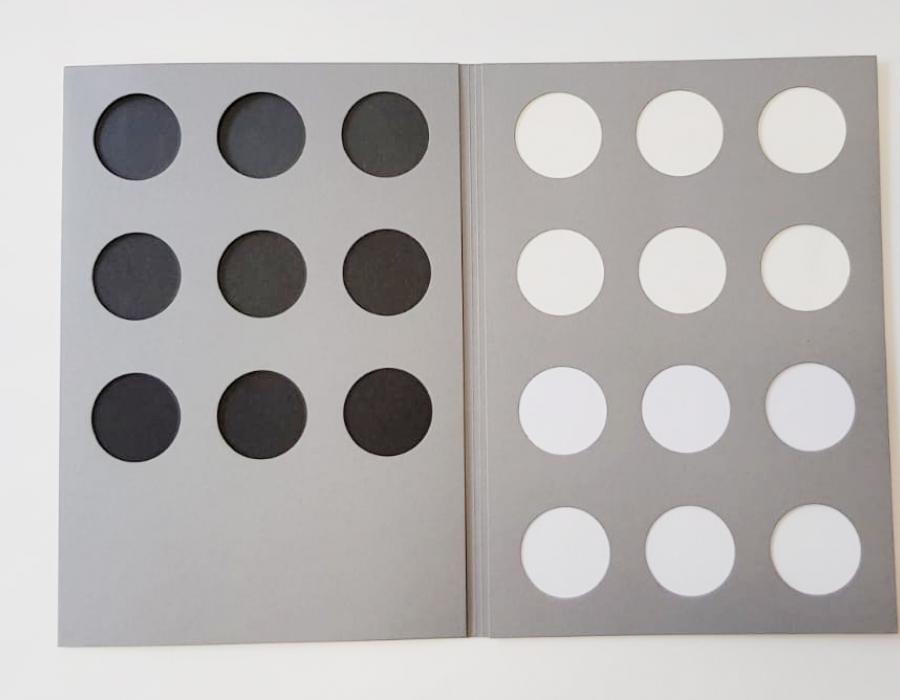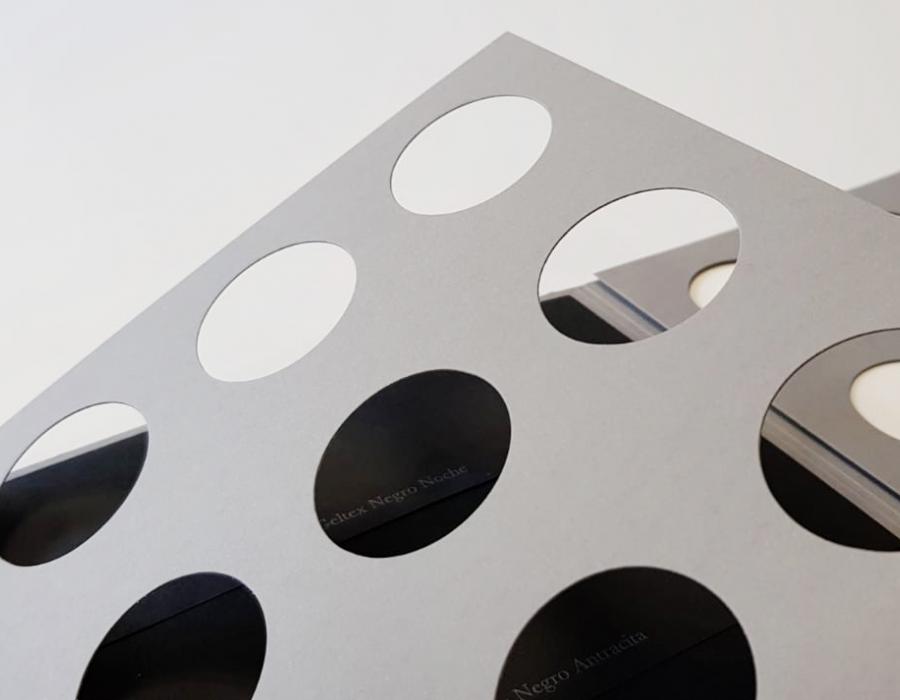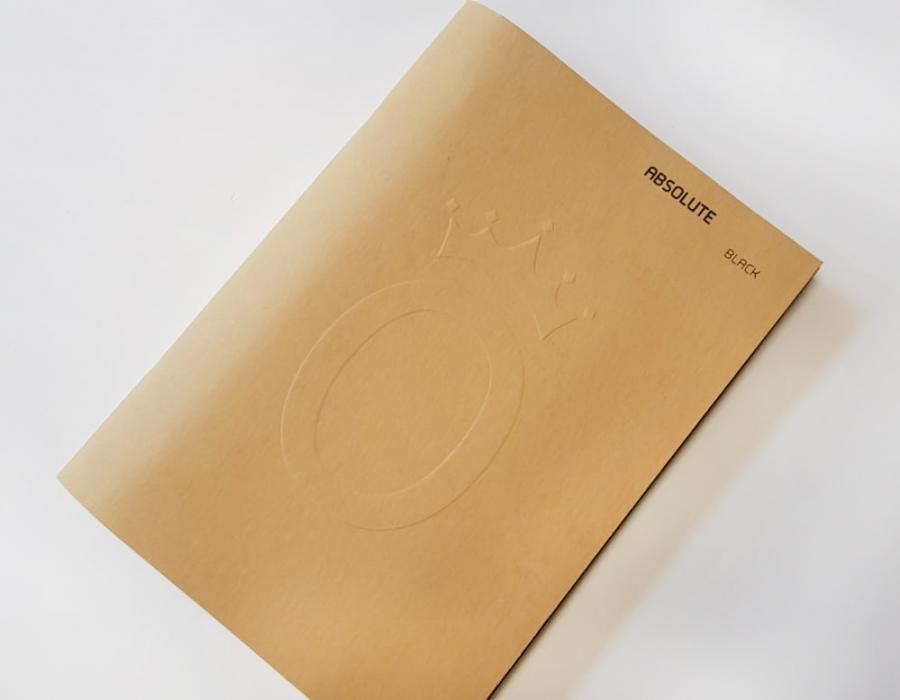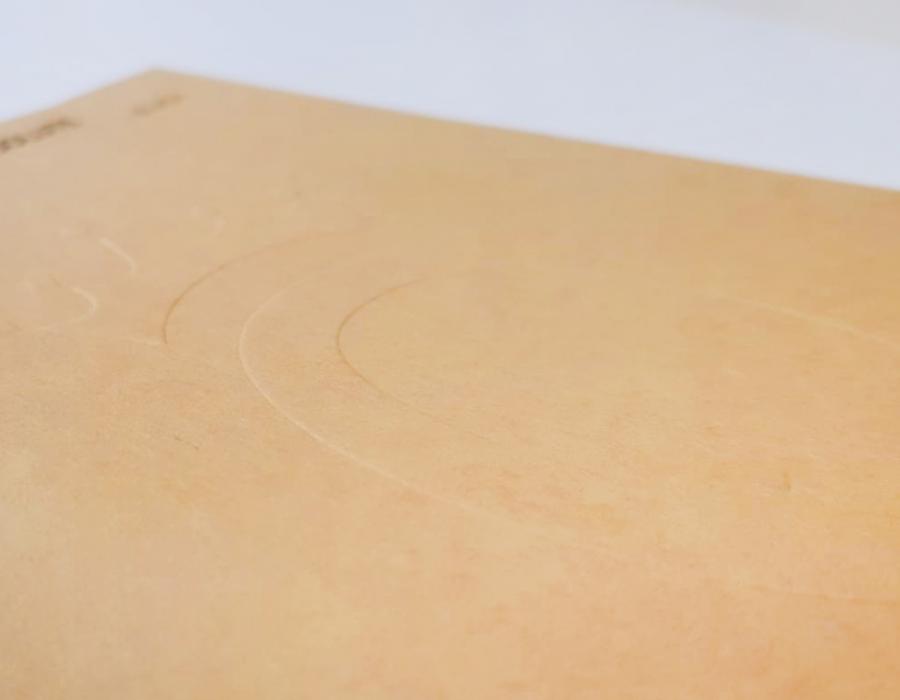In the previous post we went over some of the main difficulties that may arise when working with paper for the publishing or packaging sector in the processing techniques involved in applying ink to a material. However, reliefs, folds and the application of glue, among other processes, may also cause problems if they are not performed properly. We shall now take a look at four techniques in order to find the right solutions for each situation.

1. Reliefs or etchings
Depth: In the case of etchings or reliefs, the depth to be applied is the key aspect to be taken into account to guarantee a good outcome. The more pronounced the relief to be created has to be, the greater the paper’s quality must be (a larger amount of long fibre) in order to stand up to pressure without tearing. Short-fibre papers or papers with a lot of filler will lack the strength to withstand etching without breaking or tearing.

2. Die-cutting
Cleaning: The most modern die-cutting is performed with laser, which does not cause added difficulties, although certain complications may arise if you wish to use a traditional method (working with wires). The main problem occurs when outlines with many right angles are created, since the connection points are more complex to work with. When the form to be die-cut is made, the wire must be joined as far as possible, although there are always some micra of separation in the joining angles that lead the paper not to detach fully, and the part that is supposed to be eliminated clings to the material along a few points. This surplus has to be removed by hand, and the complexity lies in cleaning the remains in order to polish the form (leading to higher processing costs). To avoid this, it is advisable to use round forms which do not leave this separation residue and to avoid letters with a lot of right angles.

3. Scoring
Tearing: When a paper is folded to make a score, if pressure is applied to a poorer-quality material it may easily tear due to lack of strength, which is what occurs with thin or offset papers or papers with a great deal of filler. On the other hand, papers manufactured mainly with long fibre will be strong enough to withstand this pressure without tearing issues. In addition, to guarantee a clean and straight score, it must be done in the direction of the fibre, thereby avoiding any flaws that may be caused by cellulose fibres folding in the middle.

4. Folding:
Cover flatness: This technique, similar to scoring, also requires strong paper to prevent tearing. The use of thin papers or with a great deal of filler will cause the cover to drop due to lack of body, although it is more likely to tear on account of its weak mechanical characteristics and requires lamination to prevent this. On the other hand, long-fibre papers grant sufficient strength to keep the packing intact. To ensure that it will be perfect and that the cover will fall naturally without any resistance, the folding must be performed in the direction of the fibres (since, if it is done against the grain, the cover may remain raised, which would compromise the aesthetic appeal of the foldable packing).
5. Gluing
Meterial adherance: To manufacture a hard book cover or a lined box, a coating material is usually added, for example, to a paper board to give it greater body and a more appealing look. When both parts are glued, the glue may not be strong enough to keep the coating paper adhered. To prevent this from happening, the only solution is trial-and-error with the broad range of glues on the market (hot or cold, animal or synthetic, etc.) until you find the right one for the project.
Tension in the material: When glue is applied to paper, the fibres are wetted and can create tension and are therefore stretched. For this reason, if you combine a very thin cardboard with a coating material with greater grammage to line a paper board and place it in the wrong direction of the fibre, the fibres are likely to be stronger and will bend the cover or the box, since the paperboard will lack the strength to offset the paper’s tension. The solution to this problem is to always work in the direction of the fibre, and in extreme cases make sure that the bottom material is thicker than the coating paper.
